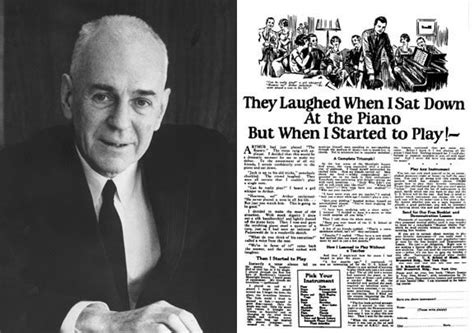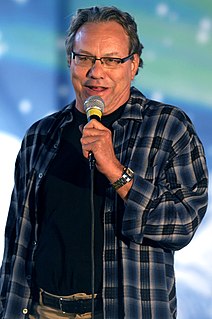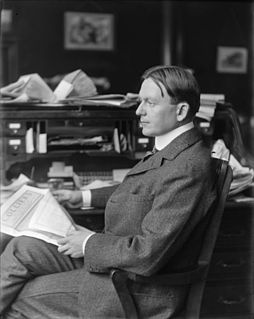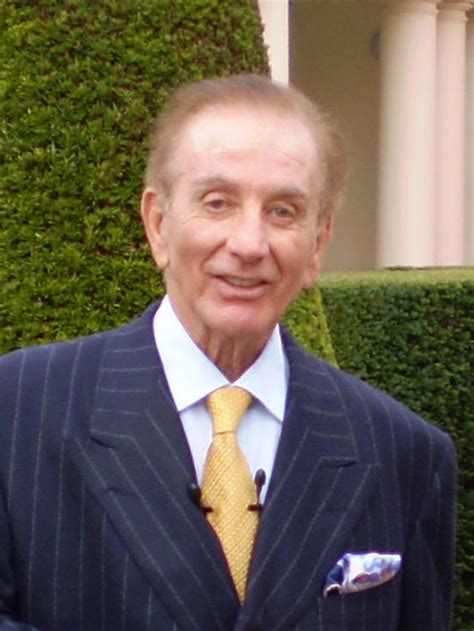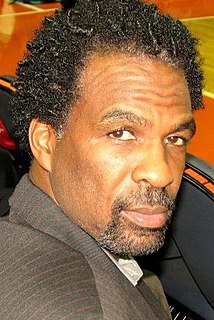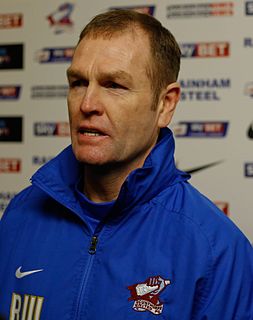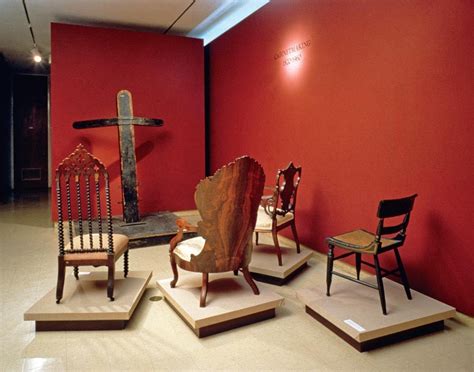A Quote by John Caples
The advertiser's logotype at the bottom of the ad can be considered as part of the headline. After reading the headline, the reader instinctively looks down at the logotype to see the company name.
Quote Topics
Related Quotes
Most readers look at the photograph first. If you put it in the middle of the page, the reader will start by looking in the middle. Then her eye must go up to read the headline; this doesn't work, because people have a habit of scanning downwards. However, suppose a few readers do read the headline after seeing the photograph below it. After that, you require them to jump down past the photograph which they have already seen. Not bloody likely.
I believe that every paper in the country should have one headline that when you read it, you laugh so hard you can't stand it. It has to be that way. What about a headline like this: 'Hippo Eats Dwarf'? How good is that? You read that headline, and you immediately close the paper and say, 'Wow, it's gonna be a great day.
You can write a 1st paragraph that continues the same thought you expressed in your headline. If you stop a reader with a headline about house paint, you can be sure of at least one thing about that reader: He wants more info about house paint. You will not lose him as long as you continue to give him what he wants.
An electronic paper has infinite space because you can bring forth as much content as a reader wants. And the resolution of ads is very high. And when you touch the ad you can interact with the advertiser and the paper will take you to the advertiser's Web site and you can get more information. So ideally there should be a better connection between the ads you're shown and what you're actually interested in.
I also like to use a sensational headline. Many people read blogs in aggregators, which generally show only the headline. So you have to give people a reason to click through. Blogs need to be real and personal. Reading it should be like hanging out with you. I play music for my readers. I show them videos I like. I tell them what I did over the weekend. And I tell them what is happening in the technology, Internet, and VC markets.
